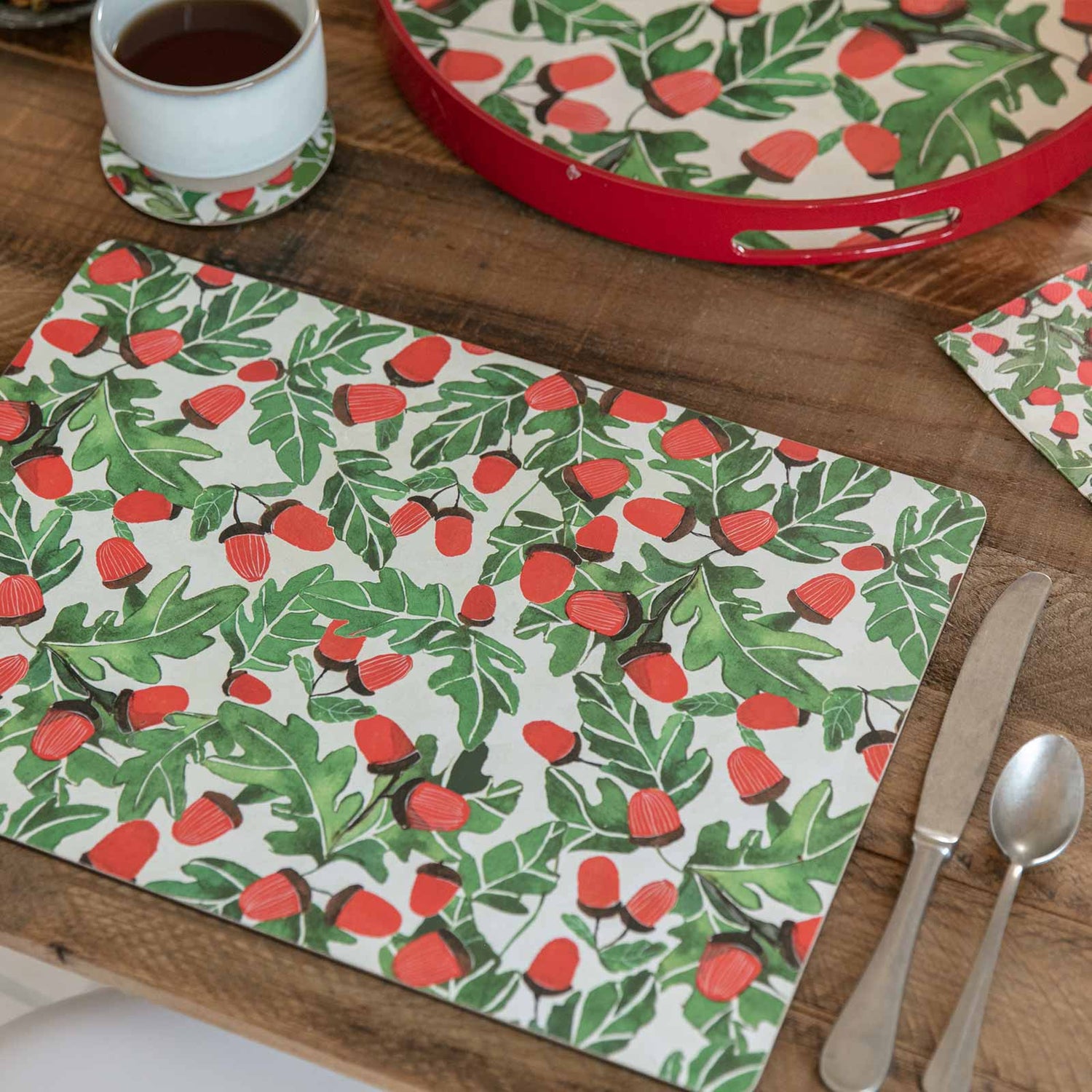The smart Trick of Unique Art That Nobody is Talking About
Table of ContentsOur Unique Art PDFsThe 8-Second Trick For Unique ArtUnique Art Things To Know Before You Buy10 Simple Techniques For Unique Art
While one may question which art type holds priority, the fact continues to be that each of these seven kinds provides an one-of-a-kind home window into human history, culture, and evolution. They are the tapestries that chronicle our trip, advising us of our past while motivating visions for the future.Terrific artwork informs a story, makes people look two times, and develops a special experience that can not be matched. Art and illustrations communicate every one of that with color, shape and various other layout components. Find out just how to make your distinct art work stick out from the crowd.

8 TRIA GIOVANEqual components grand and laidback, this foyer designed by Anthony Baratta is the best blueprint to adhere to if you're embellishing a formal entryway that still feels unfussy and comfortable. Patterned fabrics take spotlight (see the carpets and the sofa), but they likewise help bring the high ceilings to a human scale when hung over wallpaper.
What Does Unique Art Mean?
18 Heidi Caillier DesignA gallery wall does not require to take up the whole space. Often a little one can make a bigger style statement. In this living room, Hiedi Caillier opted for micro-mini frames and an arbitrary make-up.
, the expression of concepts and emotions, with the production of certain visual qualities, in a two-dimensional aesthetic language. The components of this languageits forms, lines, colours, tones, and texturesare made use of in numerous methods to generate feelings of volume, room, motion, and light on a flat surface area. These elements are combined right into expressive patterns in order to stand for actual or superordinary phenomena, to interpret a narrative style, or to produce entirely abstract aesthetic relationships.
Later on the notion of the "fine artist" established in Asia and Renaissance Europe. Famous painters were afforded the social status of scholars and courtiers; they signed their work, decided its layout and often its subject and imagery, and established a much more personalif not constantly amicablerelationship with their patrons. During the 19th century painters in Western societies started to lose their social setting and safe patronage.
All about Unique Art
Others gained an income via visiting events of their job. The demand to appeal to a market had actually changed the comparable (if much less impersonal) demands of patronage, and its effect on the art itself was possibly comparable as well. Normally, artists in the 20th century could get to a target market just with commercial galleries and find more public museums, although their work may have been periodically reproduced in art regulars.

Don't copy the style of other artists if you're trying to discover your style. Duplicating other individuals's art work can be great in instructional objectives however it will not make you closer to finding your own special design. Your creative design has to be, what you such as and what motivates you.
I would consider your very own style as a style you paint in naturally, when you release all thoughts and rules and simply concentrate on paint, not considering it. Unique Art. The design needs to come normally to you when you are kicked back and you can't require it or it will not be your own design, just somebody else's
Unique Art Fundamentals Explained

With time you'll have the ability to sort every one of them right into your favored and the very least preferred groups. Attempt to concentrate your focus on the topics here are the findings and mediums that you like and prior to you see it coming you'll have your very own individual and special design, like no person else have! In the end you'll have a couple of favored topics to paint and possibly a couple of preferred mediums.
The design needs to create itself with time with a great deal of practice and experiments - Unique Art. Thanks for reviewing this post and if you have any type of inquiries leave them in the remarks below, I 'd enjoy to answer these